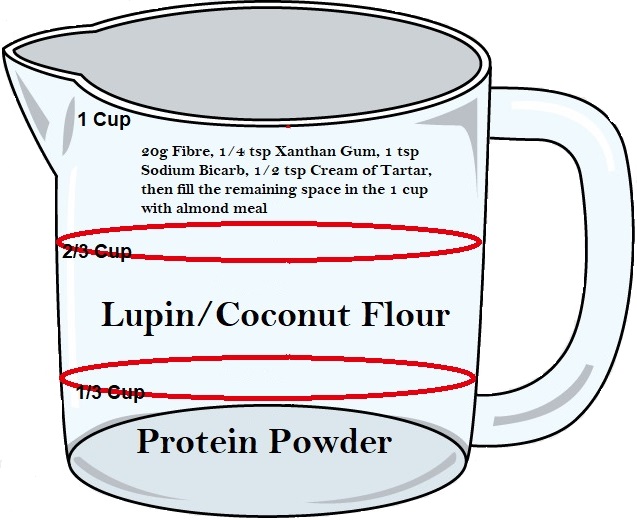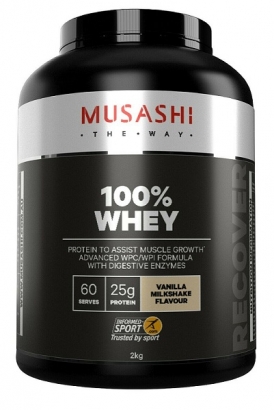Top 7 Low-Carb Flour Alternatives
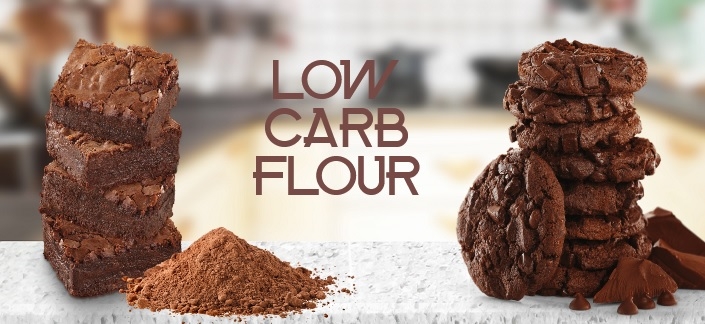
Carb cutting can be depressing when you’re a fan of baked goods like breads, pastries and cookies.
Whether you’re keto, paleo or simply want to reduce your carbohydrate intake, rest assured that with a little know-how you can still enjoy your favourite foods.
It’s all about finding the best alternative to the ultimate baking ingredient, which has been in use for about 32,000 years: wheat flour.
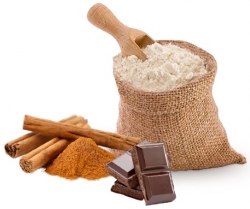
This ground grain is smooth, offers a mild flavour, robust texture and contains gluten, which helps baked goods rise to become light and fluffy.
With less carbs in your baked products, and by default more protein and fibre, you can feel more satiated and nourished, without too much of an insulin spike in the process.
From nut flours to protein powders, fibre powders and even the mysterious lupins, we will be looking at how you can create a flour substitute for just about any recipe.
We will touch on the nutritional benefits of various ingredients as well, so you can make an informed decision regarding how you cook and why.
If you’re after more information on the benefits of a carbohydrate moderated diet, there is plenty of information covered in previous Sporty's Health blogs.
Gluten: Miraculous or Sinister?
Gluten has received a bad rap over the years in parallel with the rise in Coeliac disease and wheat sensitivities.
Certainly, Coeliac disease is an allergic condition that shears off absorption sites in the intestines and should be taken seriously.
It is believed, however, that some of the “new” wheat sensitivities may be attributed to the application of glyphosate-based herbicides to crops, especially when used as a desiccant post-harvest.
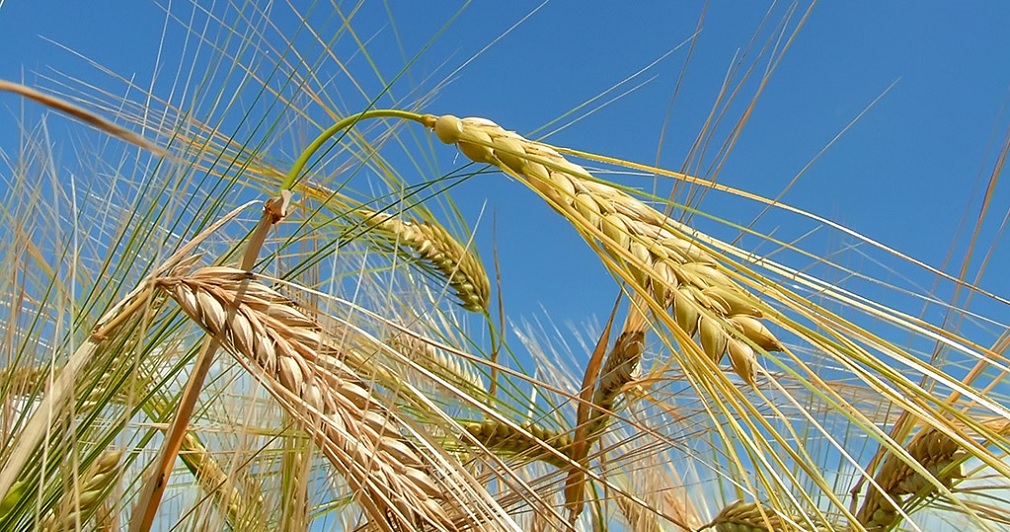
Some say that all planetary gluten should be gathered onto a SpaceX rocket and hurled into space for the betterment of humanity.
Whether you like it or won’t get in close proximity, gluten is actually quite a miraculous protein.
When baking bread with yeast or sourdough, the gluten captures gasses and literally drags the dough upward to make it light and fluffy.
This is why gluten-free baked goods tend to be dense and brick-like.
Gluten also adds bite and slight chewiness to flour-based products due to its natural elasticity.
Gluten is composed of glutenin and gialdin proteins that make up around 12% to 16% of wheat grain.
Gluten is what makes a fresh loaf of bread something that we have probably all gorged on at some point in the past.
It's important to know how gluten works in baked products so you know how to create a comparable finished product without it.
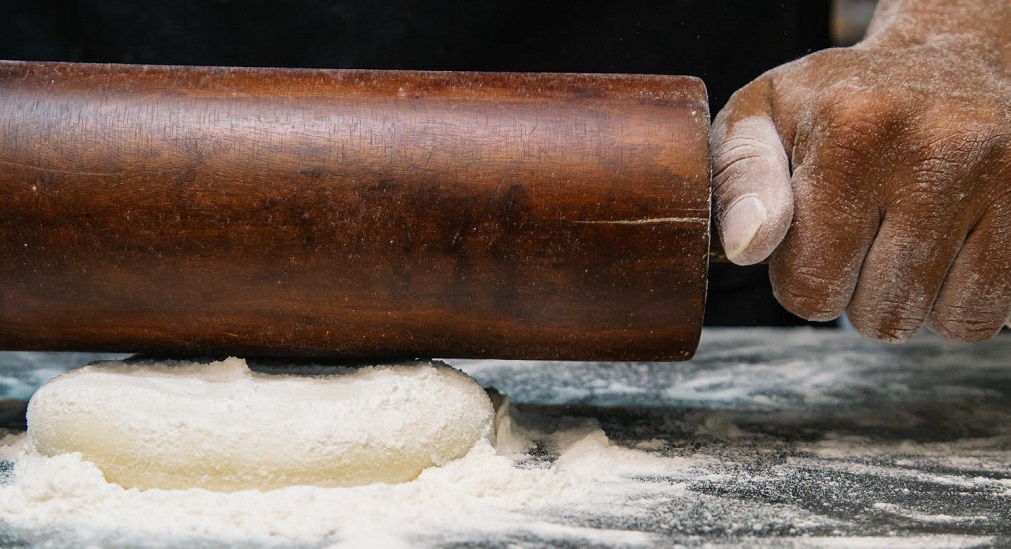
Making Baked Goods Rise without Gluten
There are a few tricks to keep up your sleeve when making a baked product rise.
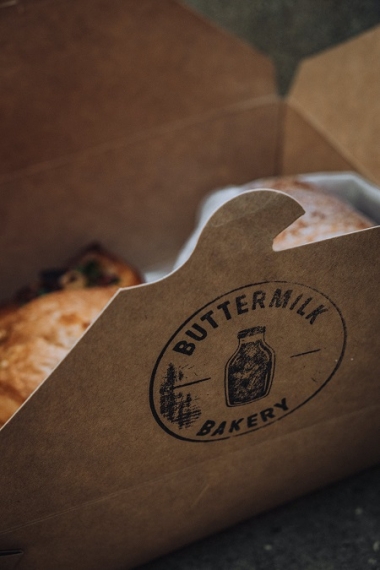
This is of course if you choose to not include gluten-flour as an ingredient, which is itself low carb.
Substituting water in your recipe for carbonated (soda) water, mineral water or even beer if appropriate is a great way to add gasses to your recipe.
Buttermilk is a fermented milk product that also offers airiness to baking mixtures and can work as a substitute for milk.
Egg whites can provide extreme fluffiness to recipes as well, especially when cream of tartar is added to prevent the foam from collapsing.
Just be sure to fold the egg whites in gently, without too much agitation, to maintain a nice airy mixture.
Maybe hit the gym before hand if you've got some pent-up energy that needs expending!
Baking powder and cream of tartar are essentials to any yeast-free baked product to assist the rising process.
The Issue with Seed Flour Substitutes
Seeds such as pumpkin, linseed (flaxseed) and chia are nourishing foods that contain a range of minerals and fatty acids.
Chia seeds and linseeds in particular are rich source of omega 3 essential fatty acids, specifically linolenic acid.
Linolenic acid is the beneficial fat needed to keep us healthy, part of which is used for the synthesis of EPA and DHA in the human body.
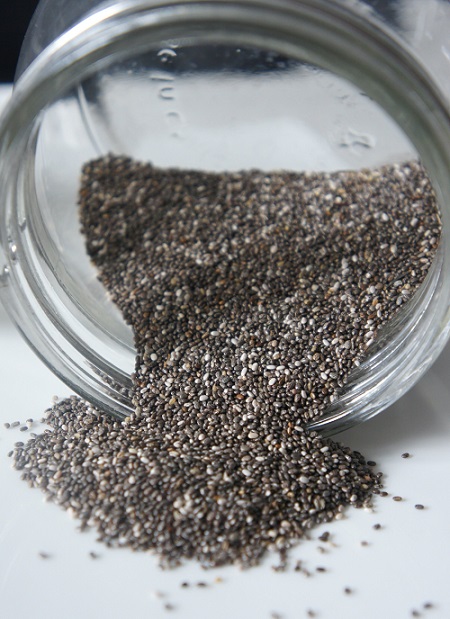
Because these fatty acids are polyunsaturated by nature, they are prone to rancidity or going-off.
When heat is applied to powdered seeds, like the omega 3 rich chia and flax, expect a proportion of these beneficial oils to become oxidised.
This happens because polyunsaturated fats contains two or more double bonds.
These are positions in the molecule where an oxygen atom can replace a hydrogen atom.
When oxygen binds, a rancid fatty acid is created that functions somewhat like a free-radical that depletes nutrients like Vitamin E.
So what we really need to do here is assess a fat or oil based on the content of polyunsaturated fat.
Of course, all fats and oils contain some polyunsaturated fats—it’s more about minimising.
Less is best when heat is applied, and so look out for oils like avocado, coconut and ghee for cooking.
Monounsaturated oils have a moderate heat stability, due to the presence of one double bond in each molecule.
Rancidity has nothing to do with smoke point, which relates to the amount of non-fat solid in a fat or oil.
For instance, ghee (clarified butter) has a higher smoke point than butter because ghee has had nearly every non-fat particle removed that could possible burn, creating smoke and unwanted flavours.

Chefs like to talk about smoke point, while nutritionists like to talk about oxidation.
Try to think about both if you can wrap your brain around the concept.
Seed flours like chia or linseed are not ideal for using in recipes that will be heated.
Technically, the finished product will contain more Omega 3s and look good on the label of a packaged product.
But just remember that part of these sensitive fatty acids will be rancid.
Best High Protein Flour Substitute
It’s probably no surprise that the highest protein content flour alternatives are simply protein powders.
Don’t overdo it! For each one cup of flour, ideally the maximum amount of protein powder to add is 1/3 cup.
Musashi Whey Blend is 77% protein by weight and offers a balanced flavour profile, which makes it perfect for recipes.
This makes it easy to succeed when you’re trying to make delicious high protein baked products that will impress.
Other types of protein powders that are great for baking are Balance 100% Whey, Prana On Power Plant, Gold Standard 100% Whey and BSN Syntha-6.
There are plenty of vegan and dairy based options available, depending on your preferences, which all taste fantastic.
Protein powders contain minimal calories, so the energy values of your finished product won’t blow out too fast.
Macros & Energy Values of Low Carb Flours
|
Total Carbs |
Protein |
Fibre |
Fats |
Energy (kcal) |
|
|
Lupin Flour |
6.0 |
39.4 |
36.4 |
6.1 |
333 |
|
Inulin Powder |
0.0 |
0.0 |
100.0 |
0.0 |
150 |
|
Fine Psyllium Husk |
10.0 |
0.0 |
70.0 |
0.0 |
209 |
|
Almond Meal/Flour |
7.2 |
21.4 |
10.7 |
53.6 |
643 |
|
Coconut Flour |
26.7 |
13.3 |
33.3 |
13.3 |
400 |
|
Gluten Flour |
16.0 |
75.0 |
3.3 |
<1.0 |
375 |
|
Whey Blend (Musashi 100% Whey Vanilla) |
7.3 |
76.7 |
0.0 |
6.0 |
397 |
What on Earth is Lupin Flour?
If you haven’t baked with lupin flour before, you don’t know what you’re missing!
Lupins are a legume related to peanuts and soybeans that are high protein and high fibre and low carb.
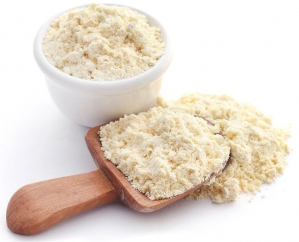
In fact, lupins are the largest pulse crop grown in Australia and offer an impressive nutritional profile that can’t be matched by any grain flour.
Lupin flour is made from sweet lupins and contains 6 grams of carbohydrates per 100 grams, compared to wholewheat flour at 61 grams of carbohydrates per 100 gram.
Lupin flour offers nearly fourty grams of protein and over thirty-five grams of fibre per one-hundred grams, making it an absolute nutritional powerhouse.
If you’re into baking and recipe experimentation, your kitchen shouldn’t be without lupin flour, as it is inexpensive and Australian grown.
Watch your macros go next-level with a quality lupin flour!
Best Low Calorie Flours
There are plenty of fibre powders to incorporate into your recipes, such as inulin, psyllium husks and oat fibre.
Inulin is a pure soluble fibre powder, typically extracted from chicory root or agave.
On the other hand, psyllium husk powders are primarily fibre with a high soluble fibre content and a small amount of naturally occurring insoluble fibre.
All fibre is good fibre though, as soluble fibre promotes the growth and activity of beneficial bacteria, important to the health of the gut microbiome.
Inulin and psyllium husks are low calorie ingredients and contain little or no carbohydrates.
Inulin contains about 150 kcal per 100g, while psyllium husk powder contains around 209 kcal per 100g.
Adding around 10 grams of a fibre powder per serving would be suitable, perfect for making up a starchy flour alternative.
However, you can experiment and see what works for you. Some products add as much as 25g fibre per serve!
Remember, fibre is satiating and filling without the high energy (calories and kilojoules) content, so it's a must-have ingredient for low-carb and low-calorie baking.
Coconut Flour
Flours made from coconut contain a reasonable balance of fibre, proteins, fats and carbohydrates.
It’s not the kind of flour you would want to substitute 1:1 for wheat flour.
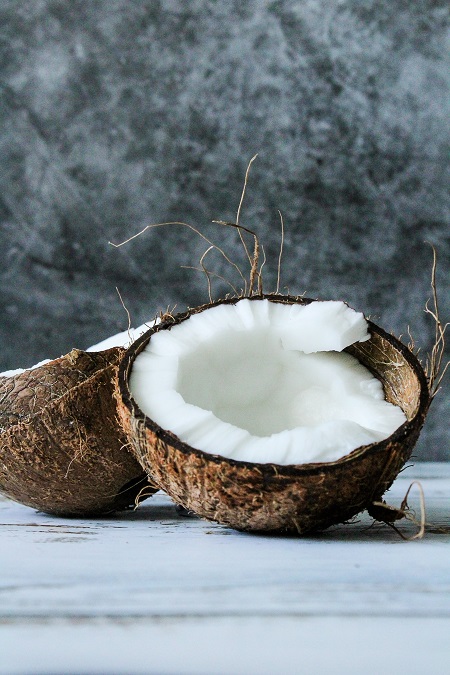
In fact, the most we would recommend is 1/3 cup per cup of flour.
This is because it can become quite stodgy during the baking process, leading to a poor texture.
However, as a part of a flour blend, including protein powder, fibres, xanthan gum and more, you can use coconut flour to great effect.
This flour alternative contains 25g carbohydrate per 100g. So it’s not exactly super low carb.
However, with a blended flour substitute the carbohydrate contribution from coconut flour will be minimal.
It all depends on how strict you need to be regarding your carb intake.
The fats in coconut flour are primarily saturated, ideal for baking as there are no double bonds present in the molecular structure where oxygen can attach leading to rancidity.
Packing loads of minerals, each 100g of coconut flour contains 36mg calcium, 8mg iron, 248mg magnesium, 507mg phosphorus, 2,090mg potassium, 3.7mg zinc, 2.1mg copper, 5.3mg manganese and 26.8mcg selenium.
This makes coconut flour an absolute micronutrient powerhouse and worth your consideration as part of a wheat flour substitute.
Almond Meal or Flour
Almond meal, and it’s finely ground cousin almond flour, offer plenty of quality nutrition, including minerals and monounsatured fats.
With 267mg calcium and 3.6mg iron per 100g, almond meal is a great way for vegans to bump up their calcium intake.
Almond meal contains protein, quality fats, fibre and only 10g per 100g of carbohydrates.
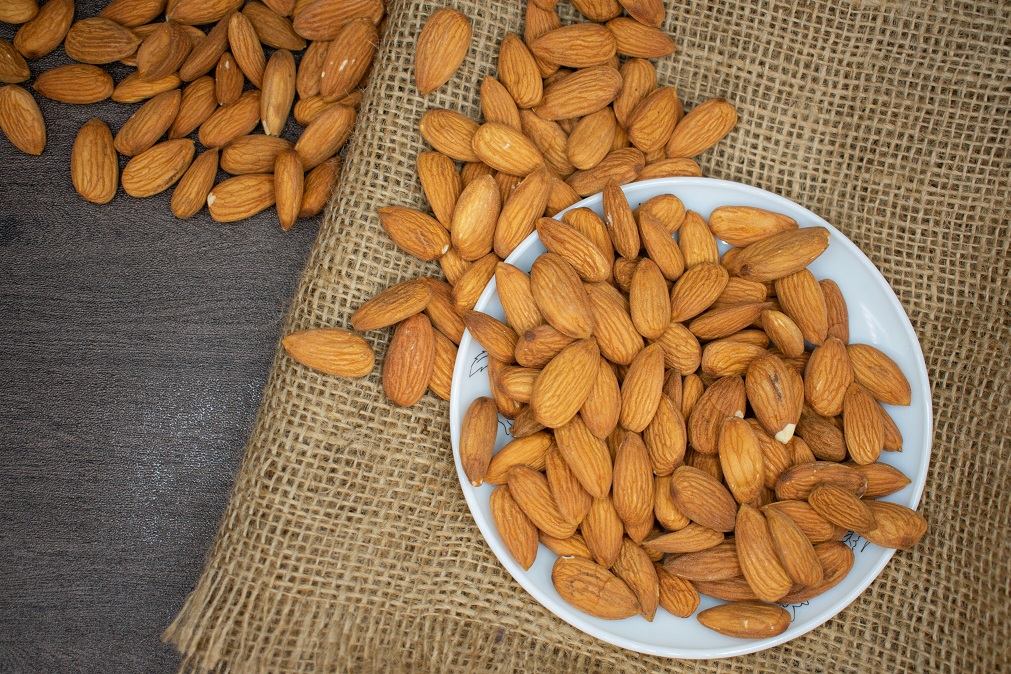
This flour substitute offers a perfect texture that tends to not become overly dry during the baking process.
When used as a percentage of your overall flour, almond flour or meal is worth keeping on hand for a range of baked goods, including pancakes, cakes, muffins and much more.
As this product is made from a nut, it does contain a range of fatty acids, including 10g per 100g polyunsaturated fats.
Though this is not ideal for baking, almonds do contain primarily monounsaturated fat at 33.3g per 100g almond meal.
Remember, all foods contain some polyunsaturated fats.
The major downside to almond meal is an energy value of 643kcal per 100g, due to the high energy density of the fats.
This just means you may like to add only a small quantity to your baked product.
Replacing Sugar
Sugar transforms the flavour of recipes by neutralising bitter notes and bringing out the natural flavour present in ingredients, like cocoa.
Sugar also provides bulk to a recipe that would otherwise not be there.
So although adding a sweetener like monk fruit or stevia extract will add sweetness to a recipe, you will notice the size of your overall product shrinking with a smaller portion size.
This is where the sugar-alcohols can come in handy, like xylitol, erythritol and allulose.
While xylitol contains around 2.4kcal per gram, erythritol and allulose have a welcome zero calories per gram.
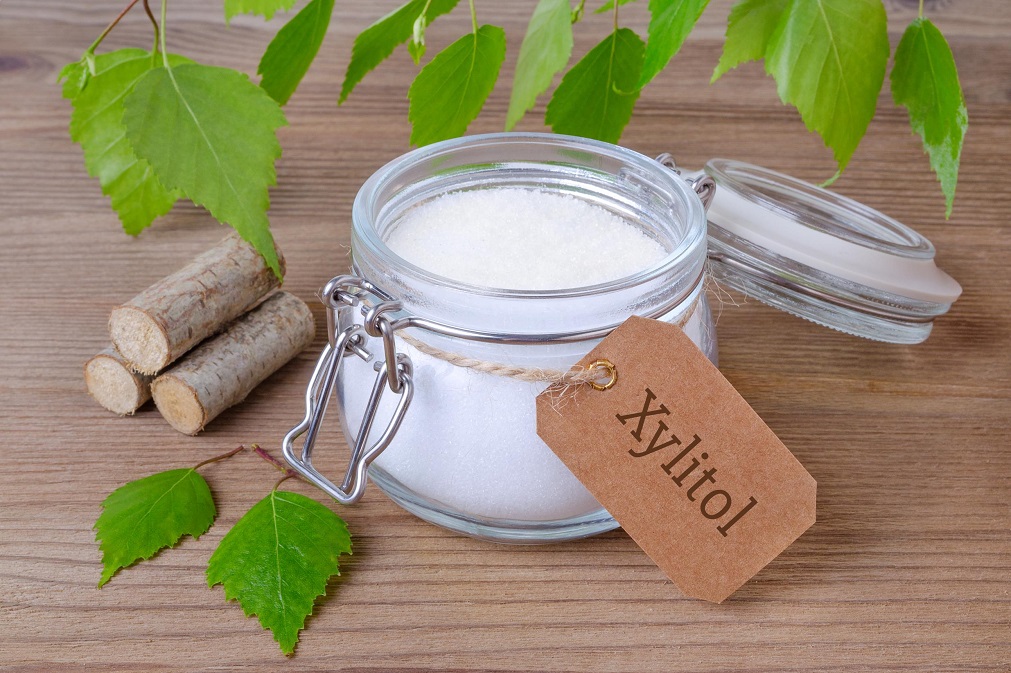
Compare this to 4kcal per gram for carhohydrates and you’ve got a few of natural sweeteners that can add bulk and flavour to your recipes.
In terms of the sweetness level, xylitol can be substituted for sugar at 1:1, while erythritol and allulose are at 0.7 the sweetness level of sugar.
So for every cup of sugar (200g [800kcal]) in your recipe, you could use 200g xylitol (480kcal) or 286g erythritol/allulose (0kcal).
If you don’t mind sacrificing a little recipe “bulk”, you could cut back on the sugar-alcohols and add a little stevia, monk fruit or thaumatin if you can find it.
These concentrated sweeteners contain zero calories and can work well with sugar-alcohols.
Making any Flour-Based Recipe Low-Carb
So you’ve stumbled upon recipe that is literally making you salivate.
But alas, the carbohydrate content is high (or the protein is just too low?).
A great place to start is with a generic flour substitute that is low-carb.
For every cup of flour, try 1/3 cup protein powder of your choice.
Then add 40g of a fibre powder of your choice, such as inulin, psyllium husk powder or fibre powder.
Then, add 1/3 cup lupin flour and top off the rest of the cup with almond meal/flour.
Easy!
If you’re baking something that needs a little rise and aren’t using baker’s yeast or a sourdough culture, you’re going to need sodium bicarbonate and cream of tartar.
Add 1 tsp of baking soda (sodium bicarbonate) to each cup of flour substitute and ½ tsp cream of tartar.
Add xanthan gum to deliver some gluten-like stretch to your recipe. If you’re using gluten flour, you can leave this ingredient out.
Mix ¼ tsp xanthan gum to each cup of flour substitute.
To top this off, you may like to add egg whites to your premix for extra fluffiness, which the cream of tartar helps to keep from deflating.
You can add the leftover yolks to the wet ingredients towards to the end of your recipe so as not to waste.
Remember you can use soda water, mineral water and/or buttermilk instead of water to add gasses to your premix, helping to make it lighter and fluffier
You can certainly experiment as you go and see what works best for that particular recipe.
For instance, with bread you will want every means possible to make your product airy and fluffy, while cookies not so much.
However, this low-carb generic flour substitute is an awesome starting point to work from that should keep your baked goods popular with friends and family.
Low-Carb Chocolate Cake Recipe
Chocolate cake is a food most would rather keep in their diet!
With a low-carb flour substitute, some low-carb choc chips and erythritol, a cake can be produced that contains less than two grams of sugar per 100g.
By searching randomly for a chocolate cake recipe and using the low-carb flour substitute, lead to the creation of the following recipe, without any trial or error.
Check out the ingredients and method for the creation of a delicious high-fibre, high-protein chocolate cake that is the ultimate indulgence.
Just so you know how unprepared this recipe was, it was baked in a bread tin as we didn't have a cake dish.
It turned out as a half cake and half bread, though it tasted awesome and went down particularly well!
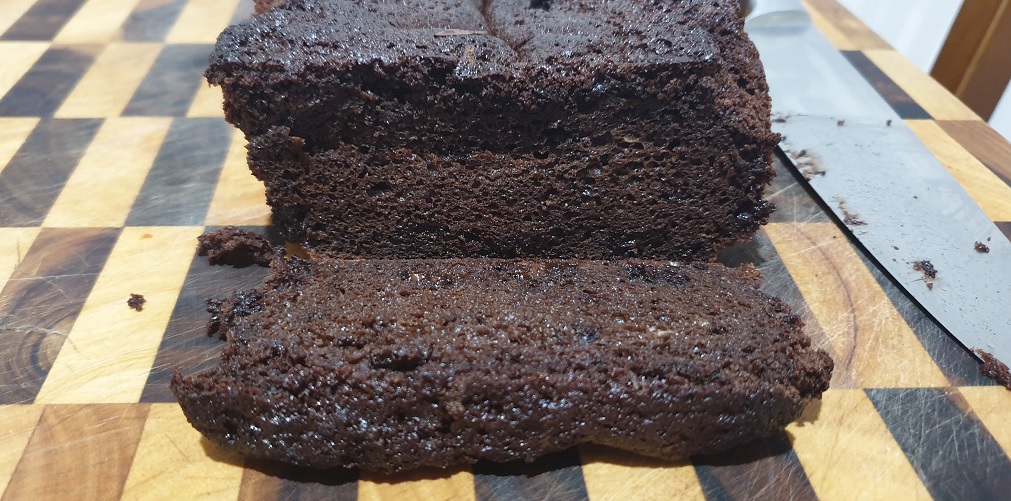
If you can stop at one piece, you’re doing well!
Though you may not need to, as a solid 100g of the finished product contains less than 1.7g carbs and 17.9 grams of protein.
It’s a bit heavy on the energy content, though you could pull out some of that butter and add additional buttermilk or yoghurt to improve this.
INGREDIENTS
- 100g Chocolate Protein Powder
- 60g Lupin Flour
- 50g Inulin Powder
- 2g Xanthan Gum
- 7.5g Sodium Bicarbonate
- 2.5g Cream of Tartar
- 50g Almond Meal or Flour
- 40g Cocoa Powder
- 2g Quality Salt
- 140g Erythritol
- 75g Butter
- 2 Medium Whole Eggs
- 200g Buttermilk
- 100g Sugar-Free Choc Chips (Such as Noshi)
- 1 tsp vanilla extract
- 1 tsp instant coffee (optional)
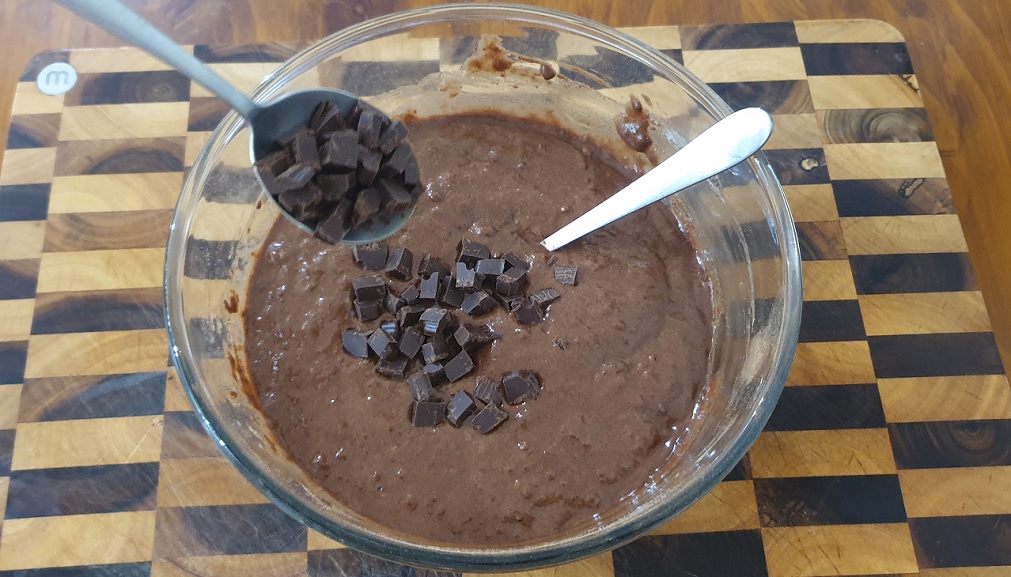
METHOD
- Lightly grease a medium sized bread or cake dish or line with baking paper and pre-heat fan forced oven to 160 degrees celsius.
- Add dry ingredients to a large mixing bowl and combine, sieving any powders with clumps.
- Make a well in the centre of the bowl and add buttermilk, melted butter and whisked eggs, vanilla, 75g Choc Chips and gently mix. You can fold in whisked egg whites here if you want extra raise, though we didn't bother.
- Pour the mix into the dish and sprinkle remaining choc chips over the top.
- Cook for around 45 minutes or until a skewer comes out dry.
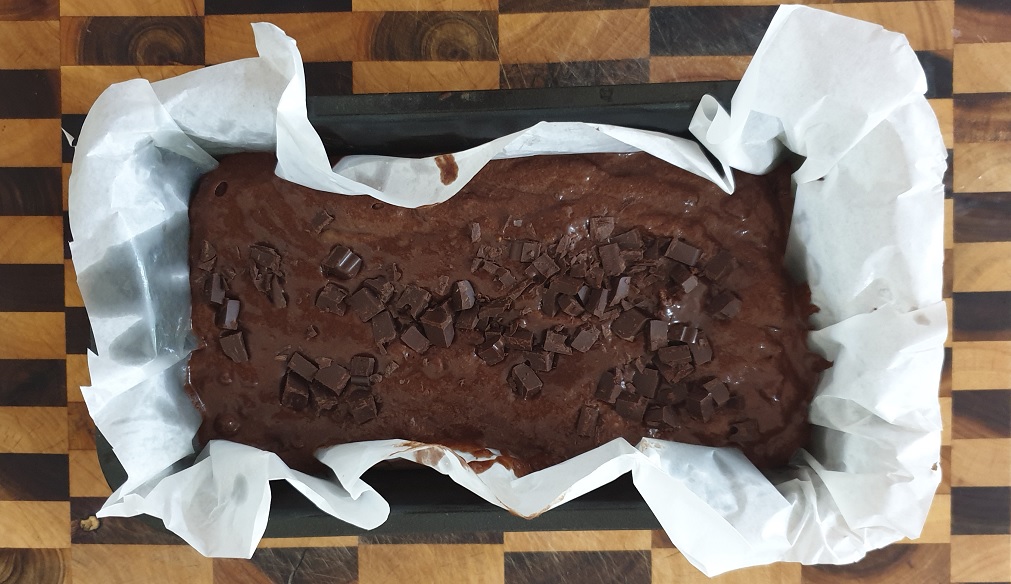
Nutrition Panel
|
|
ENERGY |
Protein |
Total Carbs |
Sugar |
Fats |
Fibre |
Sodium |
|
Chocolate Cake 100g |
280 kcal |
17.9g |
1.7g |
1.7g |
18.1g |
23.7g |
270mg |
Generic Wheat Flour Substitute 1 Cup
THE FORMULA
- 1/3 cup protein powder
- 1/3 cup lupin or coconut flour (Optional 1 Tbsp Wheat Gluten)
- 20-50g fibre powder
- ¼ tsp xanthan gum
- 1 tsp sodium bicarb
- ½ tsp cream of tartar
- Top off remaining cup with almond meal/flour
